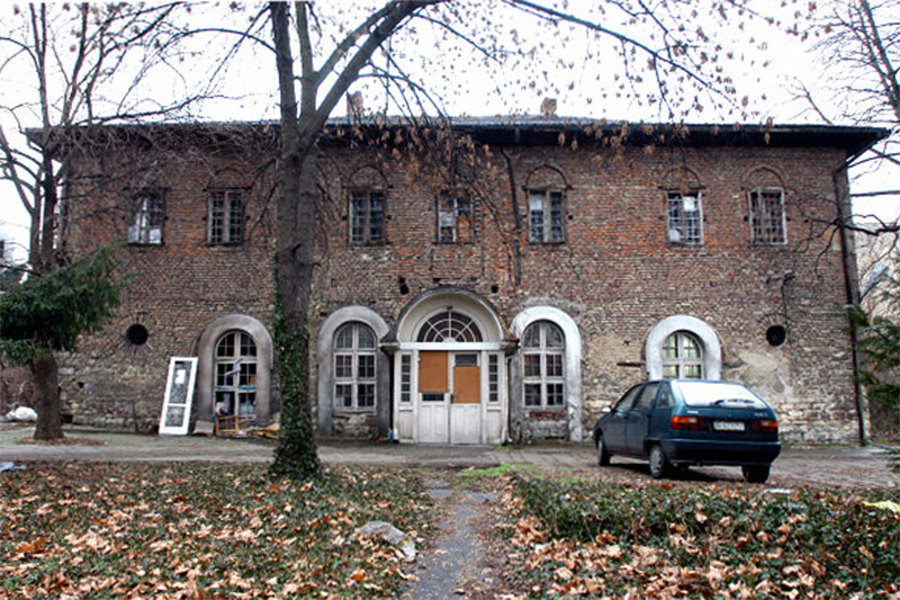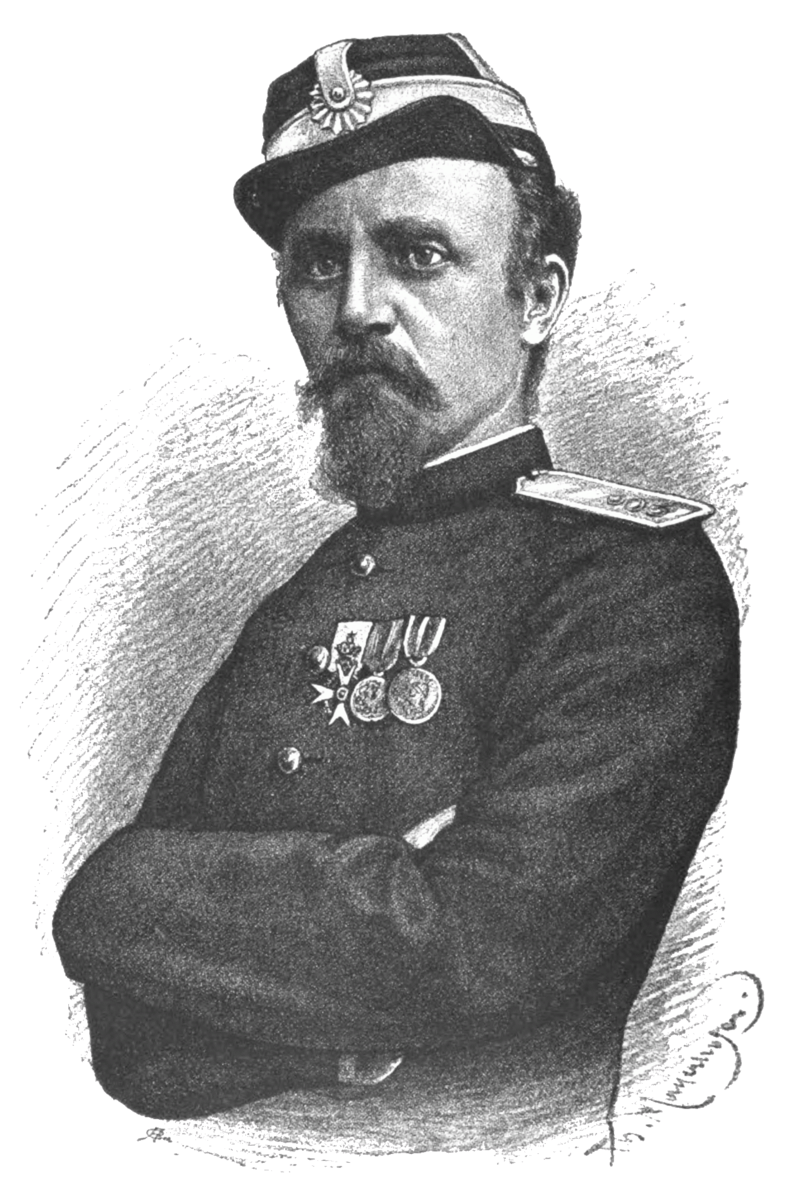
Photo: SANU
Do you know where is the Home for those parted with mind?
This isn’t something we think or talk about much, but the cruel and inhuman treatment of mentally ill people is historically much closer to us than we’d like to admit. On the other hand something we can be proud of is the fact that the first psychiatric hospital in the Balkans was opened in Belgrade.
The building it was housed in still exists and it is used and open to the public in special occasions like Museum Night. If you’ve visited “Doctor’s tower” located at 103 Kneza Milosa street, you were able to see that a part of the interior was still similar to its original state, dating back to the middle of the 19th century. The building was constructed by the personal doctor of Milos Obrenovic, Doctor Vito Romita. Decades passed and the building switched ownership several times only to finally be inherited by Princ Mihajlo Obrenovic who, in 1861 gave it the purpose it still holds today and which back in the day was known is “Home for those parted with mind”.
Doctor Laza’s revolution
In August that same year came the first patient. According to some sources, it was a woman called Kata Radmanova. The source of her psychological distress isn’t precisely known today. Some information that’s available leads us to a sad history in which she was widowed and then forced into some manner of prostitution, for which she answered to the court which convicted her to be whipped. The consequences of immense and continued stress made Kata the first patient of Doctor’s tower. Over the following several years, the number of the patients at the first psychiatric hospital in Belgrade increased to several dozens, although there was no track kept of the exact number. What was important was that the patients were divided into men and women and then into calm and violent patients.
If you came here during Museum Night, you could also take a look at doctors’ notes with diagnosis from the end of the 19th century. There were records of “speech apathy” and “state of utter shock”. The first real report, with the patient’s medical history, appears in 1880 when Doctor Laza Lazarevic came into the scene. Thus began the shy development of a more serious and dedicated practice regarding patients who, up until mere decade or two ago, were restrained and ‘pacified’ using beating sticks. That amount of knowledge and expertise that Laza managed to bring to Serbian psychiatry with his 39 years of age – only 10 of which he spent in medicine – was enough for this institution to bear his name.

An interesting fact is that Lazarevic actually spent a part of his life living in that same building, and spent only his last years in his home in Hilandarska street. Another famous resident of the Doctor’s tower was the writer and politician Petar Kocic. His role in the Home was, however, different. Seeing how he began displaying the first sign of “emotional distress” after the death of his son, Kocic took the step of committing himself more or less of his own will. The WWI was already at its peak and typically nobody wanted to disturb the mental institutions.
In that way, oddly enough, the first psychiatry hospital in Belgrade became a strange oasis of peace during the war.




 10 ℃
10 ℃




